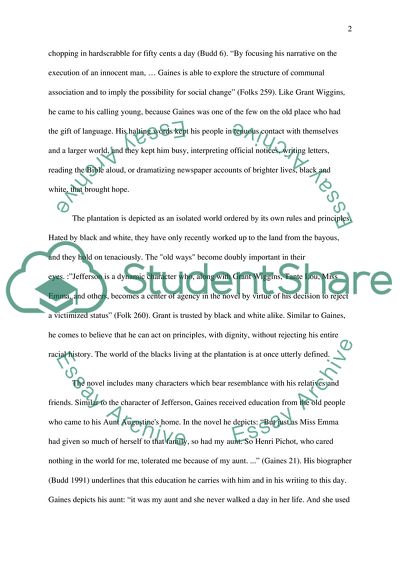Cite this document
(A Lesson before Dying by Earnest Gaines Book Report/Review, n.d.)
A Lesson before Dying by Earnest Gaines Book Report/Review. Retrieved from https://studentshare.org/literature/1710877-lesson-before-dying-by-earnest-gaines
A Lesson before Dying by Earnest Gaines Book Report/Review. Retrieved from https://studentshare.org/literature/1710877-lesson-before-dying-by-earnest-gaines
(A Lesson before Dying by Earnest Gaines Book Report/Review)
A Lesson before Dying by Earnest Gaines Book Report/Review. https://studentshare.org/literature/1710877-lesson-before-dying-by-earnest-gaines.
A Lesson before Dying by Earnest Gaines Book Report/Review. https://studentshare.org/literature/1710877-lesson-before-dying-by-earnest-gaines.
“A Lesson before Dying by Earnest Gaines Book Report/Review”, n.d. https://studentshare.org/literature/1710877-lesson-before-dying-by-earnest-gaines.


